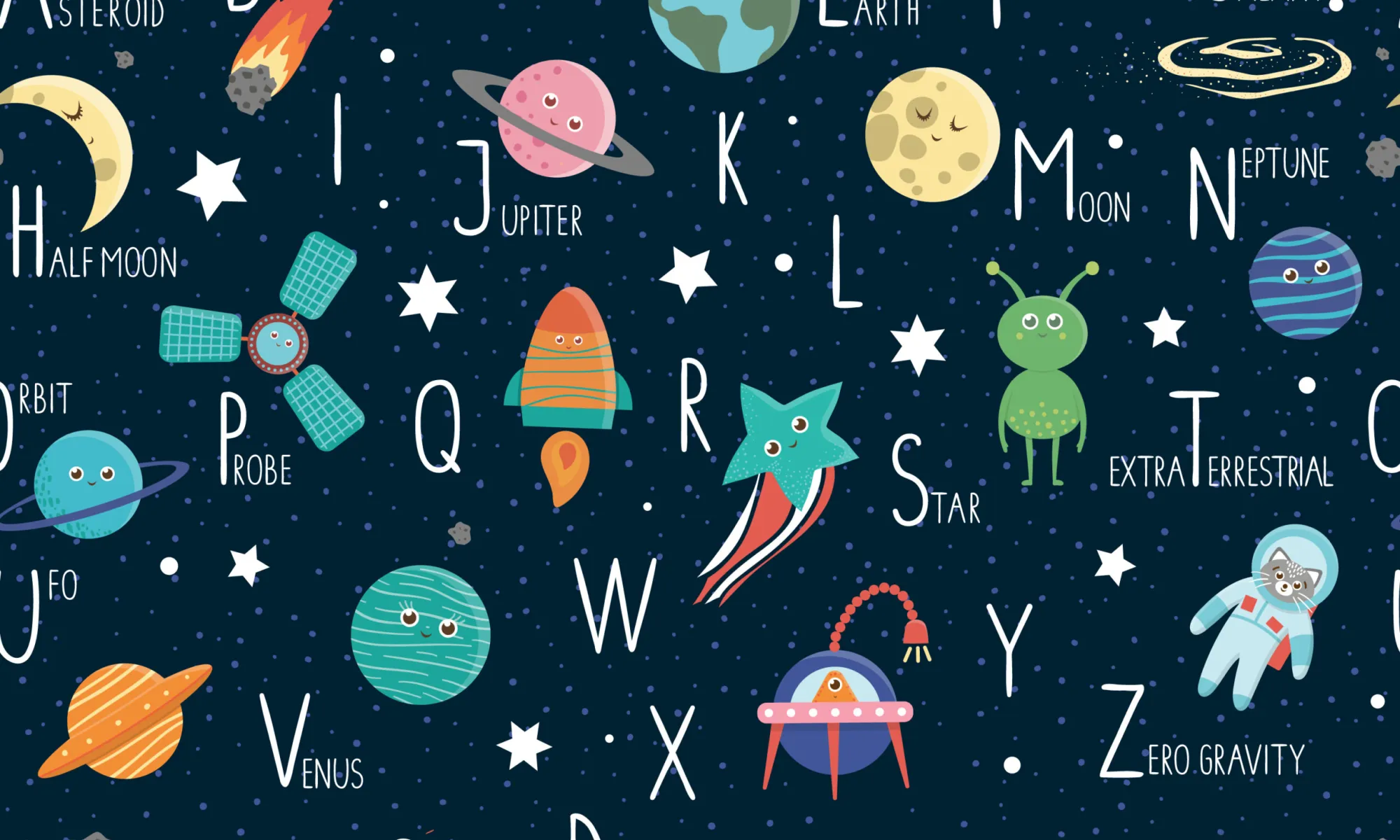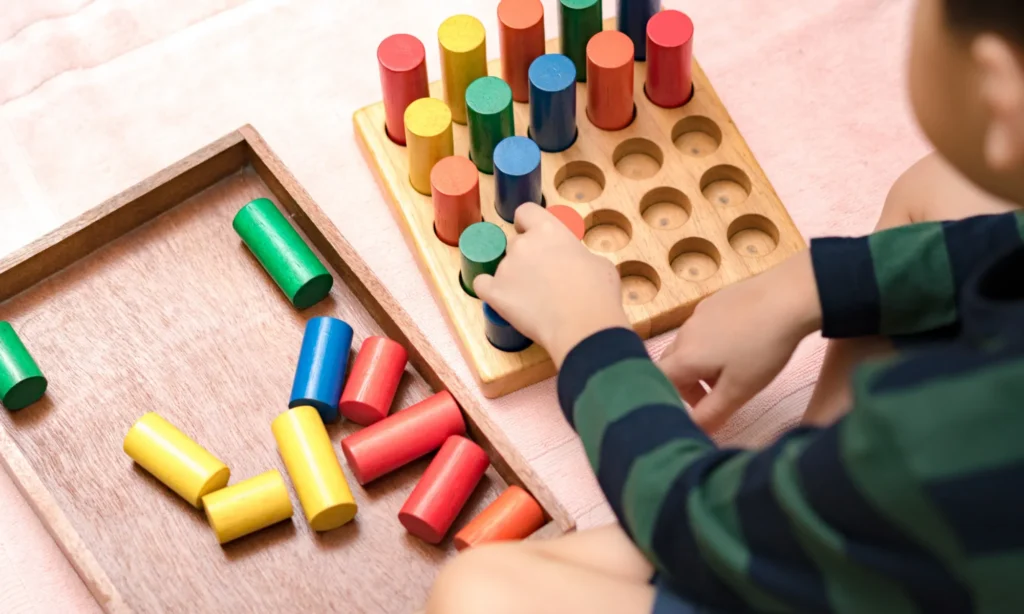Teaching kids to read in English: what’s the most effective method?
- The phonetic method
- The “whole word” method
- The Novakid method
How do you teach kids to read so that they don’t lose interest and make it effective at the same time?
Learning to read in English isn’t easy. First of all, English has letters like ”Ww”, ”Hh”, and “Qq”, which sound different from how they are written. Second of all, there are a lot of reading rules and tons of exceptions. You should also be able to tell the open syllable from the closed syllable, and know what diphthongs, monophthongs, short and long sounds are. The famous English word “daughter” is quite a nightmare. This word alone is enough to make you want to stop learning English forever.
Methodists are still arguing about what age is the best to start teaching kids to read in a foreign language and which method is better – the phonetic or the “whole word” method. Each one has its advantages and disadvantages.
The phonetic method
This method entails learning letters and sounds and coherent learning of reading rules, which means going from analysis to synthesis. The advantages are: this method teaches children to hear the sound and letter composition of the word and to tell various sound tones apart. But it is impossible for a preschooler or for a young child to memorize all the rules! That is why reading gradually becomes more and more boring.

The “whole word” method
This method teaches kids to remember reading each word without explaining the rules of sounds and letters. It is like a photographic effect. This method is good for teaching young children and is meant to help them recognise familiar words while reading. It is assumed that as the kids get older, their cognitive abilities develop further and make the analysis easier due to the accumulated experience. The disadvantages are problematic word spellings. Also, it is hard to recognise 100% of all the words when they appear in the text and not on cards.
The Novakid method
Teachers on the Novakid online platform are using a mixed method – Reading Through Phonics, which unites the advantages of the aforementioned two methods.
Teaching kids to read is divided into 4 stages:
- At the first stage, kids learn the main sounds separately.
- At the second stage, they learn to differentiate between sounds in words and read separate words.
- At the third stage, they learn to read phrases and sentences.
- At the final stage, they learn to read texts fluently.
Each stage is divided into levels of various complexity that correspond to the child’s level of English. There are 4 levels in total. This way, the “method slowly gets the children immersed into the process of reading and lets them overcome obstacles one by one, which helps them maintain their interest in English and look forward to the next lesson”, says Amy Krovletskaya, the head of educational programs at Novakid.
How is your child learning to read in English? Tell us in the comments.
Sign up for a free English lesson on the Novakid website and give your child an opportunity to enjoy learning English!









































